We make your website strong and visible so that you get more visitors and customers. Send an inquiry and book a free appointment now!

Technical SEO encompasses all SEO measures that ensure your website can be crawled and indexed by search engines. Technical SEO can be used to perform certain optimizations, such as loading speed, canonical tags, hreflang, meta robots, mobile usability, or the robots.txt file. The term “SEO technical” is often used to distinguish the purely technical aspects of search engine optimization from onpage and offpage strategies. However, technical SEO and onpage SEO are not always easy to separate.

It is highly recommended to connect your website to the free Google Search Console. When you register, you will be asked to create your domain as a so-called property. The Google Search Console offers you an analysis of important metrics of your domain, such as the CTR (click-through rate), clicks, impressions, indexing, usability and many other metrics.
Google Analytics will enable you to display many metrics in detail. Such a basic analysis is essential to understand how users come to your site and which channels are used more often. To be able to carry out a basic SEO analysis, you have to connect your domain to Google Analytics. A detailed description of how to set up Google Analytics can be found on the Google Marketing Platform.

The Google Tag Manager can help you to turn the leads you have won into customers. Good lead analysis is essential for the success of your company. The information such as the length of stay, form submissions, or which products have been removed from the shopping cart are very valuable for your company. The Tag Manager can extract such information and, in combination with Google Analytics, collect the data. We recommend using Google Analytics to optimize your online shop or website. For this reason, it is important to set up a Google Analytics account and link it to the Google Tag Manager.
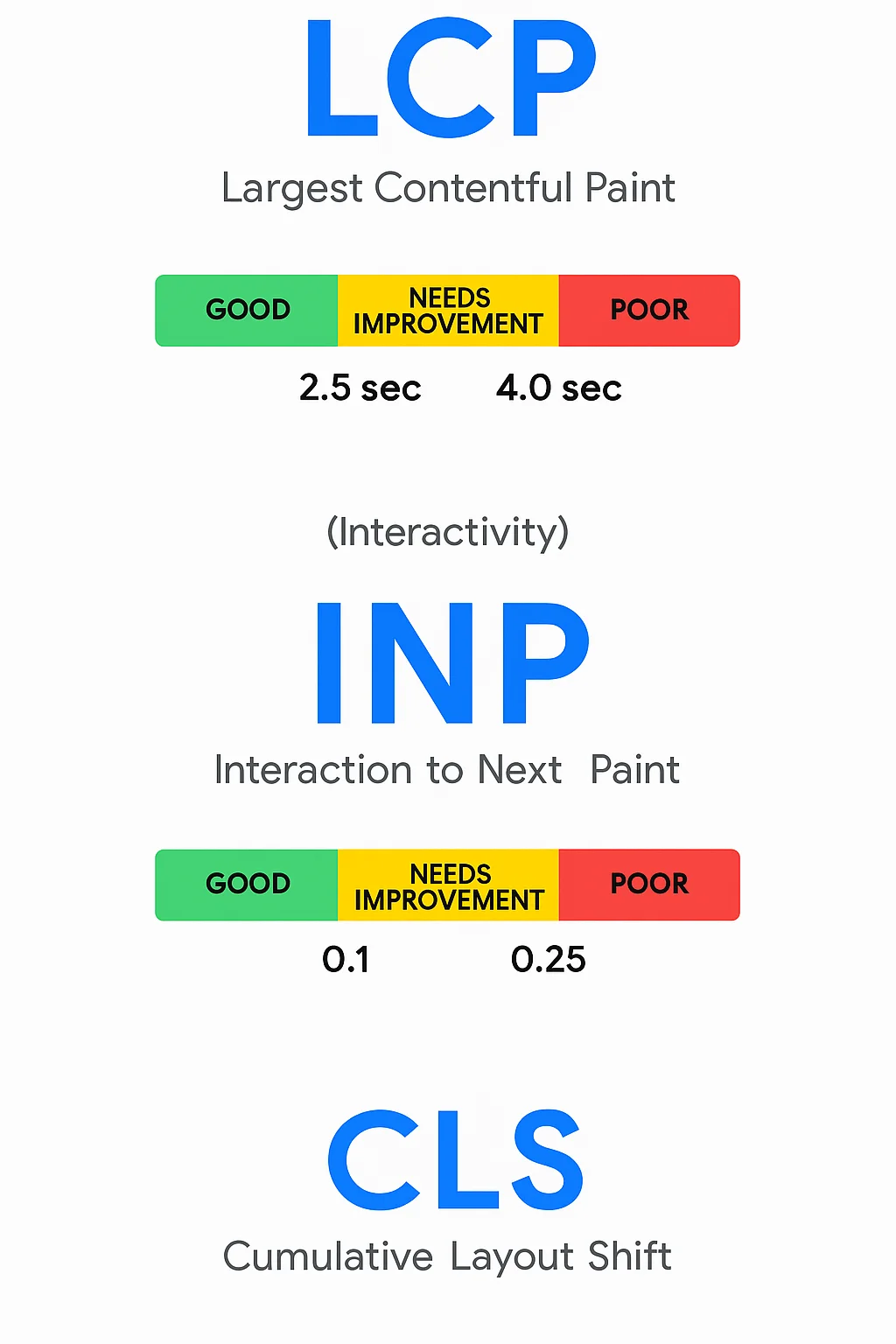
Page speed is a ranking factor that improves your website usability. You can use a Core Web Vitals test to analyze your website performance and identify optimization potential. Monitoring Google Page Speed through the CrUX-API allows you to track loading times and page stability. No-black-box-SEO expert helps you to increase your Core Web Vitals values and to reduce bounce rates. It is recommended, that you optimize your Core Web Vitals and make your website more user-friendly. A suitable strategy is essential for speeding up your images, code, server response times and your entire website.
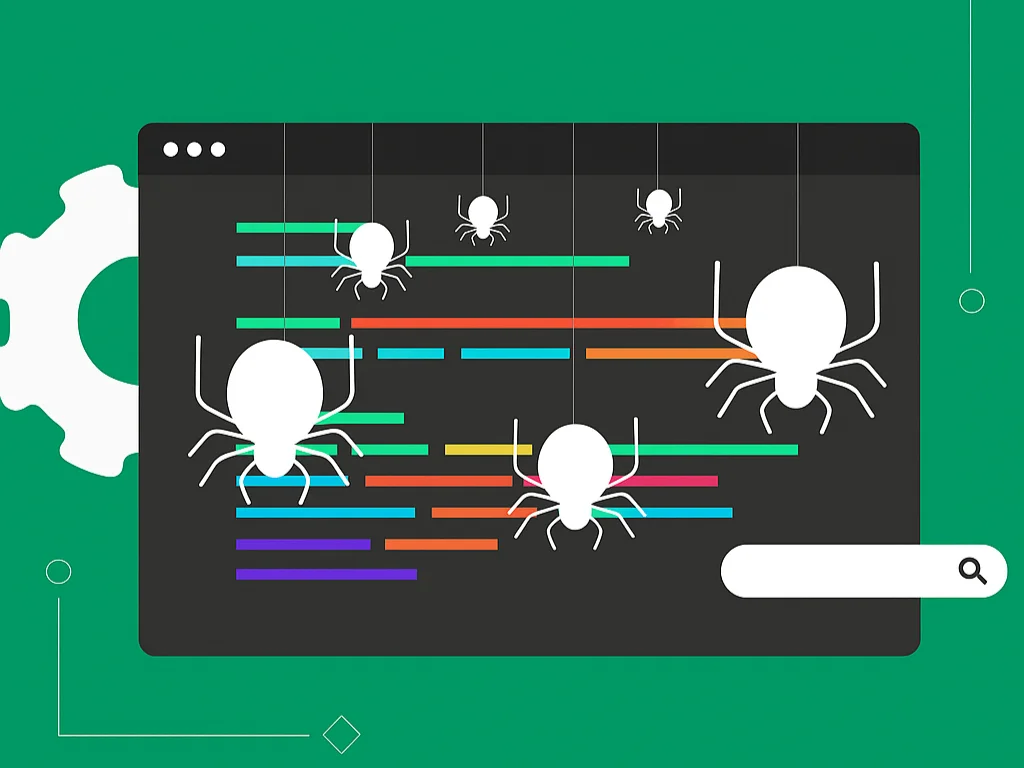
Crawlability indicates how easily a search engine crawler can find and understand your website. Content that is difficult to access or blocked by technical hurdles cannot be indexed correctly and therefore does not appear in search results.
A search engine like Google works in three steps:
Findability is so important because only visible content has any chance of reaching potential customers. Good crawlability not only ensures better rankings but also forms the basis of any successful SEO strategy.
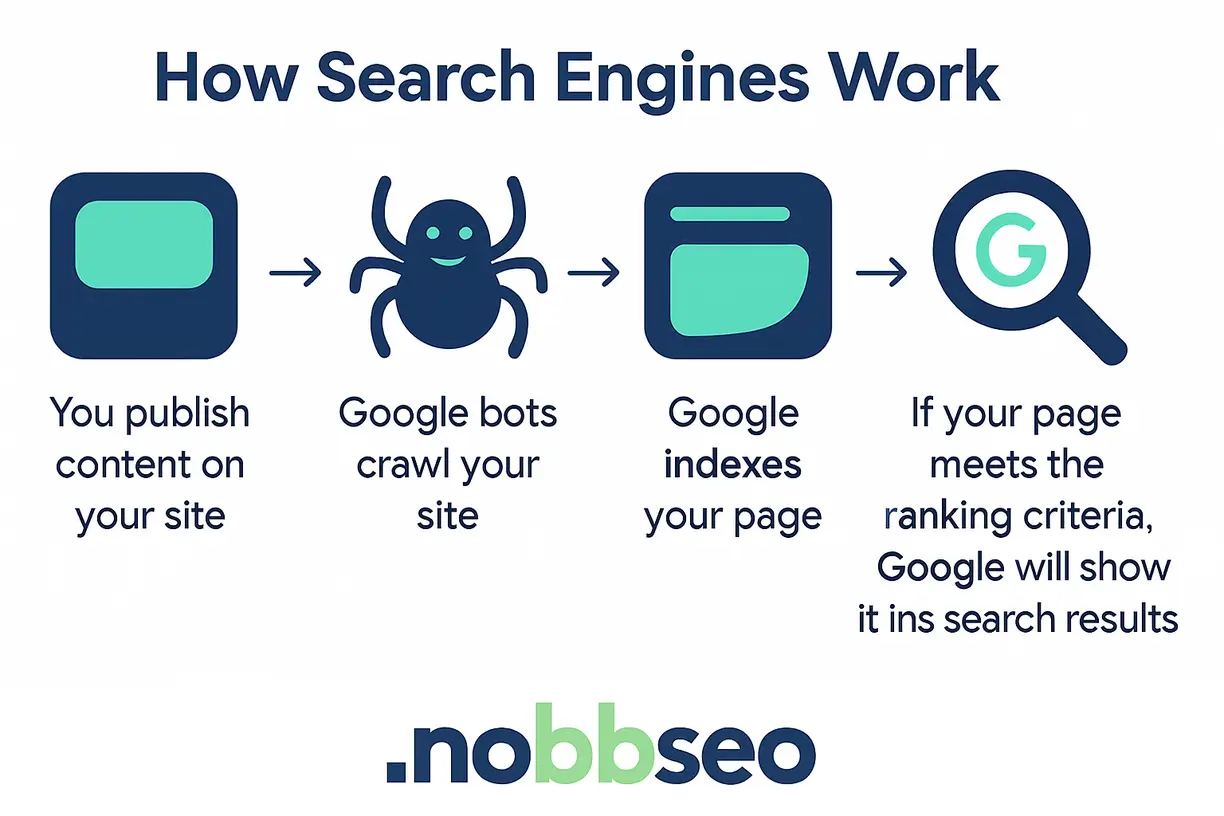

The robots.txt file is a text file in the root directory of a website that instructs search engine crawlers about which areas of a website to crawl or exclude. It is used to control crawling and help prevent unnecessary server load or the indexing of sensitive areas.
Integrating the sitemap into robots.txt is important because it directly points search engines to the complete URL structure. This allows crawlers to efficiently find and index all relevant pages. This also improves crawl efficiency and increases the likelihood that new or updated content will appear more quickly in search results.
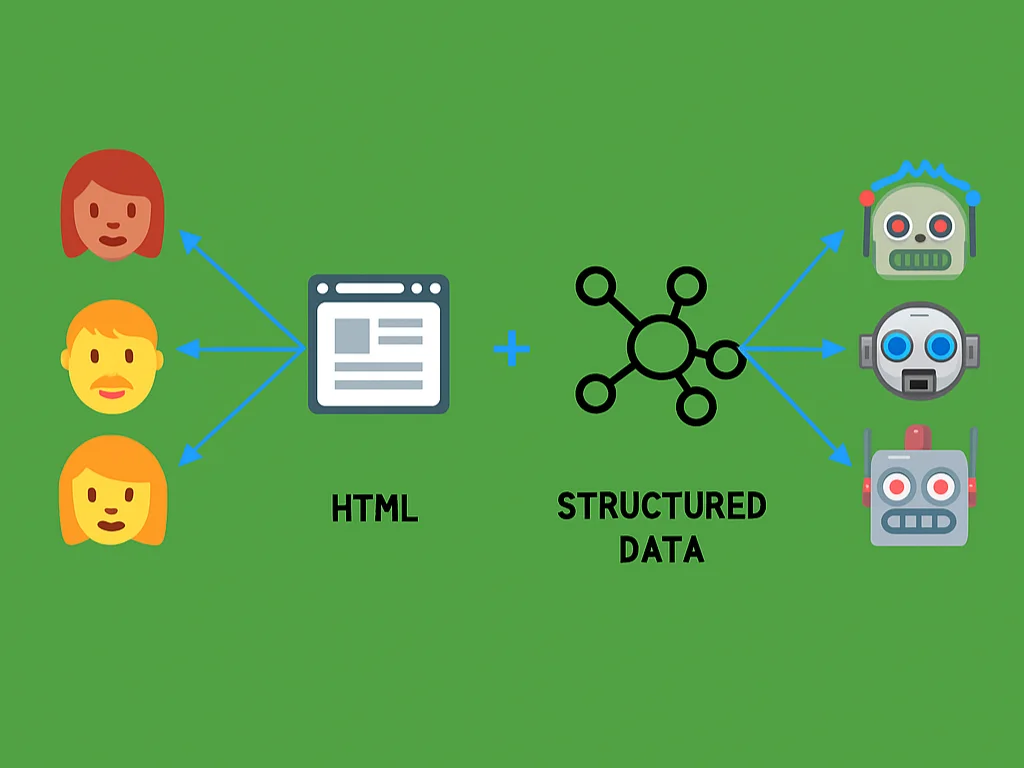
Structured Data (Structured Data Markup) can improve search engine discoverability. They are very important because they help search engines better understand your website’s content. Information such as products, recipes, events, or reviews is provided in a standardized format (JSON-LD). This allows search engines to display rich snippets or knowledge panels, which could increase your website’s visibility and click-through rate. Structured data also supports voice assistants like Alexa and Siri by providing clear answers to user questions.
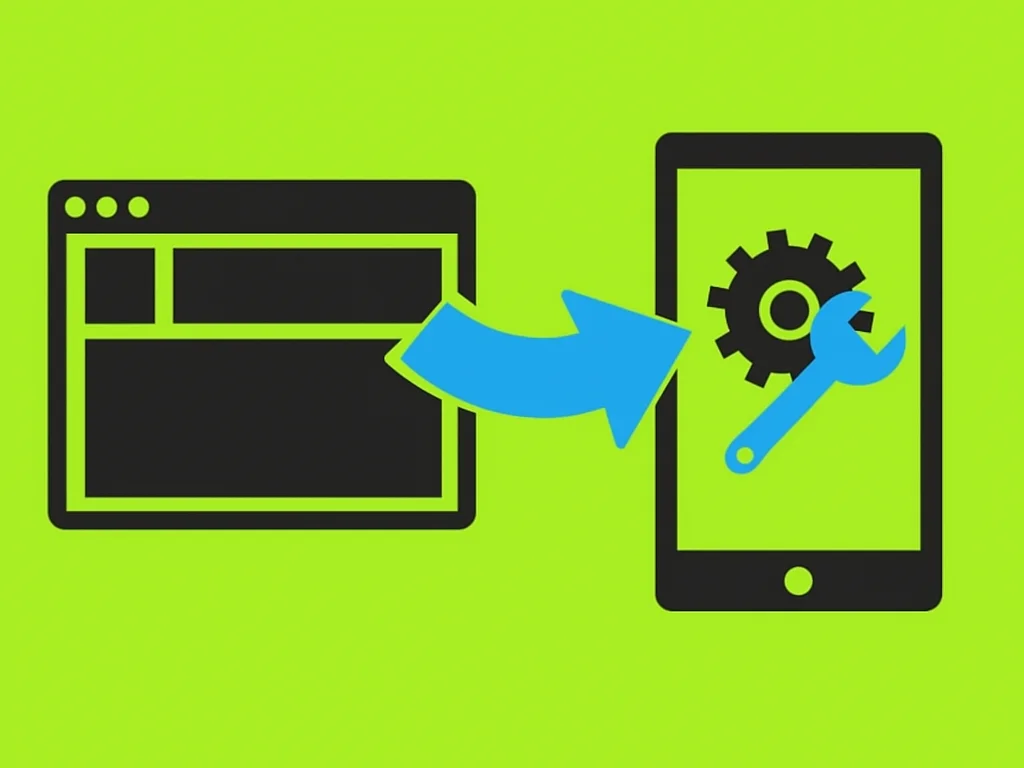
Mobile-friendly websites (mobile first) – A mobile-optimized website ensures fast loading times, easy navigation and improved readability. From an SEO perspective, “mobile first” is crucial: Google primarily indexes the mobile version of your website. If this is missing or poorly implemented, visibility in search results could drop significantly. Companies risk losing potential customers to the competition.
A mobile-friendly website looks professional and also builds trust in the brand. Mobile-friendly websites are essential today, as the majority of internet usage occurs via smartphones. “Mobile First” is therefore not a trend, but a must in your digital strategy.

Creating relevant content that appears relevant to the search engines and is also well received by users is the art of good SEO optimization. In order to evaluate the relevance of a page, Google evaluates more than 200 signals.
The question arises when content is perceived as relevant. This is the case if he:

You should avoid duplicate content or identical information on your pages. In the case of duplicate content, only one URL is usually saved and displayed in the results list (SERPs). It may be that the duplicate content is not indexed multiple times by Google. The user who is looking for information should get the best possible page result for the information sought. Duplicate content offers no added value for the searcher and should be avoided. A solution for your duplicate content would be the <canonical> tag or canonical attribute. You can find more about the canonical attribute on the glossary page.
When creating content, you should rely on unique and holistic content. Holistic content is essential for search engine optimization. Each content should present a topic extensively and in detail in order to provide users with answers to the questions asked from different perspectives.
The primary goal of search engine optimization (SEO) is to improve the organic ranking in the search engine result pages (SERPs) through SEO measures. The organic ranking represents the positioning of the page in the list of search results that are not paid. There are usually three SEO practices used, namely Onpage SEO, Technical SEO, and Offpage SEO.
Offpage SEO refers to the external measures that take place outside of your website and that cannot be directly influenced by the web developer. Offpage optimization is often called link building and is an important ranking factor. The diversity of the backlink profile from external websites, or rather the incoming links from other websites, could give your domain decisive relevance. You can find more detailed information about backlinks on the Offpage SEO page.
Checking the indexing is very important to see if all pages are on index / follow. The meta robots instruction in HTML codes index / follow (<meta name = “robots“ content = “index, follow“>) is used by the web crawler and tells him that the crawler can crawl and index your pages. There are different methods of checking all URLs of a domain, such as the Chrome Extension SeeRobots, Google Search Console or the URL Status Code for a ScreamingFrog crawl.
The bounce rate is very important! A high bounce rate can have several reasons and could, for example, show you that your site does not offer any real added value for searchers.

Here you can find more information about onpage SEO

Here you can find more information about offpage SEO

Here you can find more information about web development
You are currently viewing a placeholder content from reCAPTCHA. To access the actual content, click the button below. Please note that doing so will share data with third-party providers.
More InformationYou are currently viewing a placeholder content from Turnstile. To access the actual content, click the button below. Please note that doing so will share data with third-party providers.
More Information